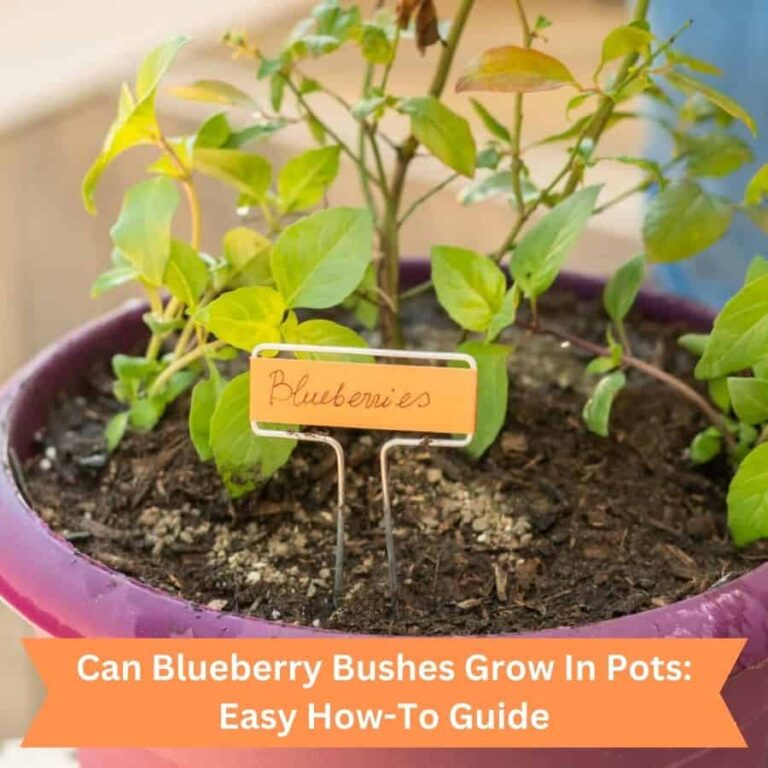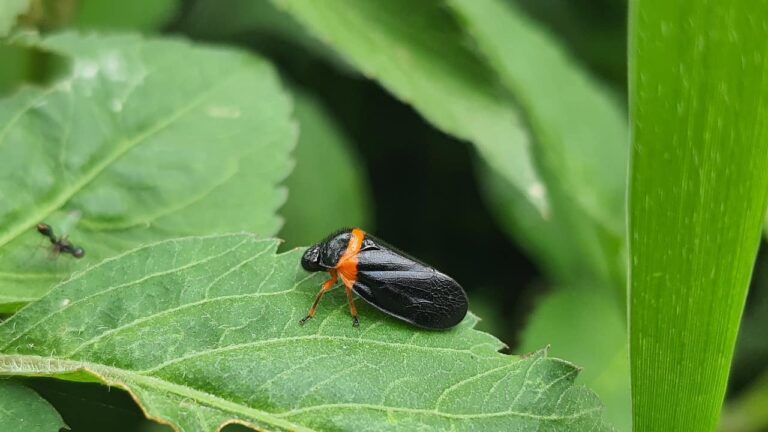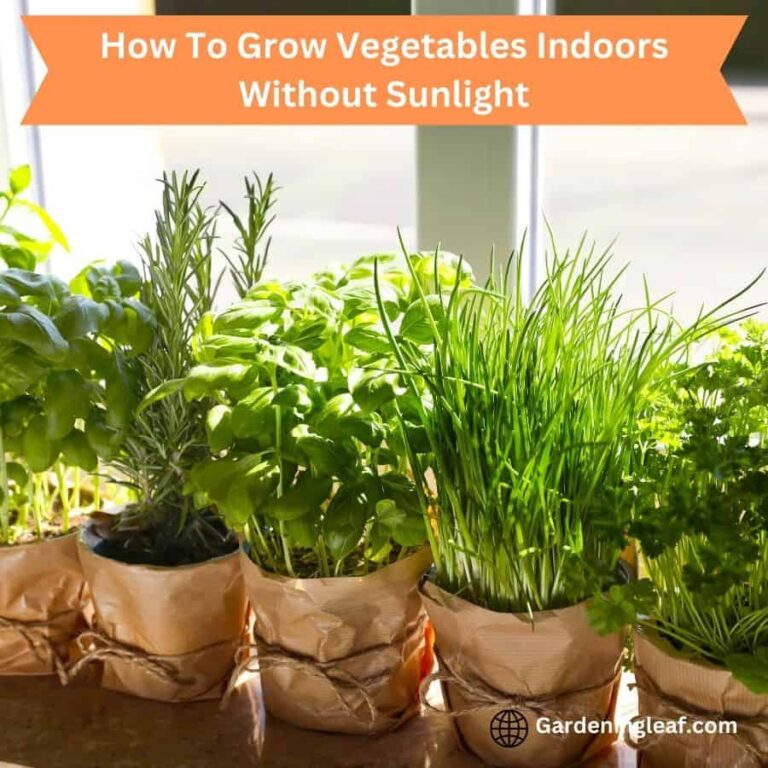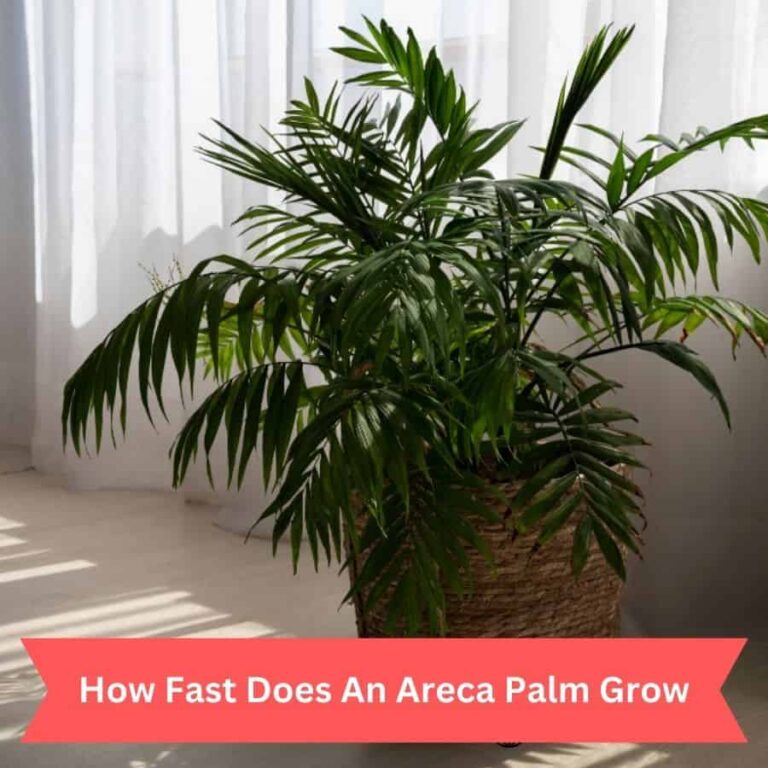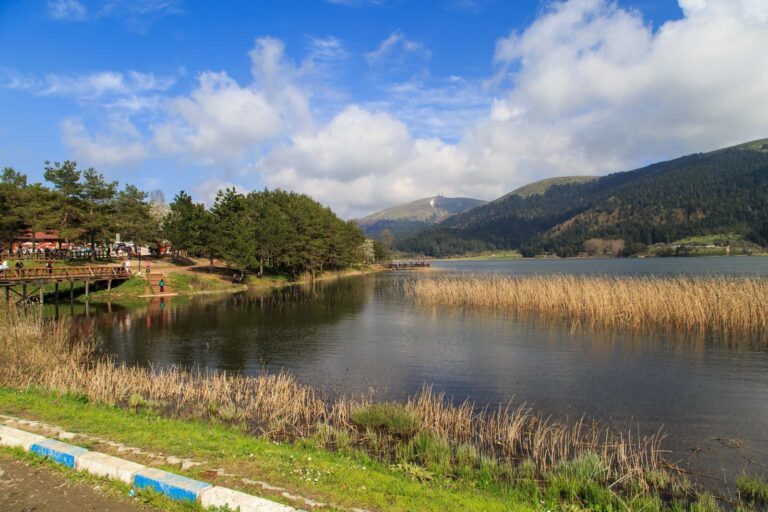Unlocking Success: How to Get Hoya to Bloom
Hoya plants, known as wax plants, are famous for their stunning flowers and abundant foliage. But sometimes, they don’t get sufficient growth, And we are worried about how to get hoya to bloom.
In this blog, we will dive into the tips and techniques. That helps you achieve blooming success with your Hoya. From understanding the basics of Hoya care to exploring the factors that affect its bloom.

What Makes Hoya Unique?
Hoyas, native to Eastern Asia and Australia, are related to milkweed. It needs the care to bloom. Hoya plants, also known as wax plants, are unique and captivating.
Their thick, waxy leaves and intricate, star-shaped flowers. Set them apart from many other houseplants. Hoya plants in tropical regions thrive on trees in their native environments.
By understanding the basic needs of most hoyas and providing them with proper care. They consistently flourish and produce beautiful flowers. Milkweed plants, such as Asclepias syriaca or common milkweed. It belongs to the same subfamily as hoyas, showcasing the resemblance between their inflorescence structures.
One of the most fascinating aspects of Hoya plants is their ability to produce clusters of fragrant flowers. That can last for weeks, filling the air with their sweet scent.
Read More:- Night Blooming Cereus Propagation: Step-by-Step Tips and Advice
Factors Affecting How to Get Hoya to Bloom
Humidity Levels
Hoya plants thrive in environments with high humidity levels, between 50-60%. To provide the ideal conditions for the plant to flourish. Enhance the moisture levels by gently spraying the leaves or placing them on a tray filled with water and pebbles.
In drier climates, use a humidifier or position the plant in a moist place in your house. To prevent the air from drying out and inhibiting blooming, keeping Hoya plants away from drafts or vents is advisable.
Lighting Requirements
Avoid direct sunlight and provide bright indirect light to keep the leaves healthy. For optimal lighting conditions, east-facing windows or west-facing windows are ideal.
If your hoya is not producing flowers. Consider moving it to a more well-lit location or using artificial grow bright lights as a more light source. Consistency in lighting is important, so avoid frequent repositioning of the plant.
Watering Schedule
The watering schedule plays a crucial role in the blooming of Hoya plants. Hoyas like to be dry between waterings. So allowing the top inch or two of soil to dry before watering again is important. But, it’s vital not to let the plant completely dry out, as this can also affect blooming. Adjusting the watering frequency based on environmental.
Temperature Considerations
Temperature is key to the blooming of Hoya plants. Most Hoya species need temperatures between 60-85 degrees Fahrenheit to bloom. However, Hoya carnosa prefers cooler temperatures of 50-60 °F during dormancy for blooming.
Sudden temperature changes or extremes can hinder or prevent blooming. Provide your Hoya plant with consistent and appropriate temperature conditions to promote flowering. Track and adjust as needed for optimal flowering.
Pest and Disease Control
Pests and diseases can cause problems for Hoya plants to bloom. Common pests that affect Hoyas include mealybugs, spider mites, and aphids. Examine your Hoya plant for indications of infestation. If any pests are noticed, treat them with either neem oil or insecticidal soap. Proper care is crucial to prevent pest and disease issues and promote healthy blooming.
Hoyas produce a sticky substance on their stems called nectar or sap. This substance serves as a defense mechanism and helps the plant retain moisture. But, noticing excessively shiny leaves. It indicates a pest infestation like mealybugs. Taking appropriate measures to treat and prevent further damage is important.
Pot and Container Size
Hoyas prefer to be slightly root-bound, so it’s important to choose a pot that is not too large for the plant. A smaller pot will encourage the plant to focus on flowering over root growth. But, if the pot is too small, the roots may become overcrowded and hinder blooming. Selecting a pot that allows for some growth. But keeping the plant snug is recommended.
Avoid repotting unless it becomes necessary. For instance, repotting should only be considered when you observe roots emerging from the pot’s drainage holes or appearing on the surface.

Read More:- Propagating Bird Of Paradise In Water: Best Beginners Guide
Fertilizer Needs
Hoyas Like a well-balanced fertilizer containing equal amounts of nitrogen, phosphorus, and potassium (NPK). That kind of fertilizer encourages blooming. Go for Hoya Plant Food fazilizer that is made for flowering plants.
Look for one made for flowering plants. Avoid over-fertilizing. Follow packaging instructions for application rates and frequency. Proper nourishment helps Hoya plants produce beautiful flowers while staying healthy and vital.
Potting Soil Choice
The choice of potting soil for Hoya plants affects their blooming potential. Hoyas flourish when planted in a soil mixture that drains well but holds some moisture without becoming saturated. Many experts suggest combining orchid bark, perlite, and peat moss for the best outcomes. Don’t use dense or compact soils they hold too much water causing the rot roots. Providing the right potting soil creates an ideal environment for your How to Get Hoya to Bloom.
Pruning Strategies
Puning not recamaned for hoya. If you want, you can Pune for propagate or unwanted trim stems. Heavy or poor trimming might cut hoya plant spurs or stems, which blossom over time.
Hoya plants produce new growth and flower buds throughout the growing season, so avoid extreme trimming. Removing too many stems or spurs might hinder blooming. Only prune dead, damaged, or diseased plant portions. To promote new development, deliberately remove unhealthy or unattractive growth.
Pruning Hoya plants after flowering minimizes the influence on blooming. This lets the plant focus on spurs and flower buds. Only Make clean cuts above nodes or leaf joints while trimming. Pruning slightly above nodes promotes branching and flower bud formation.
If you want to Pune it, do it during the growing season, specifically in the spring or summer.
Air Circulation
It is important to have good air movement to prevent excess moisture buildup. Place the Hoya plant in a well-ventilated area to prevent fungal diseases and promote blooming. Enhance the circulation of air by either opening windows or utilizing fans. Avoid stagnant or humid environments that can hinder blooming in Hoyas.
Age and maturity
Hoya plants need a certain age and maturity before they can start blooming. The specific timeframe varies depending on the species and growing conditions. Generally, it takes 2 to 5 years for a Hoya plant to mature and produce flowers.
Other Factotor
Taking care of its peduncles is important to encourage a hoya plant to bloom. The peduncle is the stem that holds the flower cluster and can produce new clusters in subsequent years. Avoid cutting the peduncle, as this is where the flower will emerge year after year.
To encourage your hoya plant to bloom again, understand the role of the spur. After blooming, brush off or let the petals fall naturally without cutting anything. This will help the plant to flower again using the old flower’s spur.
To make a hoya plant bloom, choose the right cultivar. Different cultivars have different blooming habits and requirements. Some may bloom more easily than others.
One key factor for the hoya plant to bloom is providing it with a trellis for support. Hoya plants are vining epiphytes. that can be grown as floor plants using trellis or hanging baskets. The trellis allows the plant to climb and grow vertically, encouraging blooming.
It’s important to let the vine grow and mature to encourage a hoya plant to bloom. Cutting off vines can reduce or prevent flowering, so it’s best to leave them alone unless you propagate the hoya. Allowing the vine to develop increases the chances of beautiful blooming.
Read More:- How Often Should You Water Tulips: Tips and Tricks

Caring for Your Hoya Plant
Selecting the Right Soil
Select a soil with well-draining and rich in organic matter. A good potting mix includes peat moss, perlite, and orchid bark. Avoid heavy or compacted soils to prevent root rot. Use a pot with a proper drainage hole to develop healthy roots.
Watering Guidelines for Hoyas
To ensure the optimal watering of your hoya plant, it is suggested to slightly under-water it. Let the uppermost layer of soil become dry before watering. Hoyas, being succulents, can endure periods of drought. To prevent overwatering watering, assess the moisture content of the soil and only water when the top inch feels parched. In autumn and winter months, reduce watering to once every 2 weeks or even go without water for a month during midwinter.
Fertilize
Use a balanced, water-soluble fertilizer for houseplants. Apply fertilizer every 4-6 weeks during the growing season for optimal results. It is important to exercise caution to prevent excessive foliage growth by avoiding too much fertilizer. Choose fertilizers with higher phosphorus content for more flowers. Adjust the fertilization routine based on your Hoya plant’s needs and growth patterns.
Dealing with Potential Pests and Diseases
Like any houseplant, Hoya plants can be vulnerable to common pests. Inspect the Hoya plant for any indications of infestation, such as yellowing leaves or a sticky residue on the foliage. If pests are found. Treated with insecticidal soaps or neem oil. Just like aphids, mealybugs, and spider mites.
Propagation
The most successful propagation technique is cuttings from mature stems or shoots. Remove leaves from the lowest few inches and make a clean incision below a node to propagate.
Place the cutting in cocopeat, and keep it moist until roots develop. Seed propagation is possible but more challenging and time-consuming. Propagation allows you to expand your Hoya collection and share its beauty with others.
Does Hoya need sun?
Hoya plants need bright indirect sunlight to bloom. But, if they are exposed to direct sunlight, it can harm their leaves.. Positioning your hoya plant near a window that receives filtered enough light to promote optimal growth is best. Lack of blooming means insufficient light.

Do hoyas like to be misted?
Hoya kerrii generally appreciates misting as it helps increase humidity levels. Which benefits these plants. But avoid misting the flowers or buds to prevent damage. To mist the leaves and the air around the plant, use a spray bottle that produces a fine mist.
How long does it take for a Hoya to bloom?
The flowering period of a Hoya plant may differ based on the type and environment it is grown in. The process of maturing and producing its first flowers takes a few months to a couple of years for a Hoya plant. Providing appropriate care, lighting, temperature, and exhibiting patience are crucial factors in promoting blooming.
Read More:- Can Blueberry Bushes Grow In Pots: Easy How-To Guide
How long does hoya flower last ?
Depending on the species and environmental conditions, Hoya flowers can last from several days to a few weeks. To get a Hoya plant to bloom, provide bright, indirect light, and maintain a warm temperature (65°F to 80°F). Water it properly (allowing the top inch of soil to dry), and provide adequate humidity. Patience is essential, as Hoya flowers typically form from hoya flower buds, and the process may take time.
Conclusion
As gardening lovers, we all love hoye, one of my favorite flowing plants. As we discussed above, how to get Hoya to bloom and, if not booming, what necessary steps need to be taken. Hoye takes time to boom, so take proper care you see the result.

